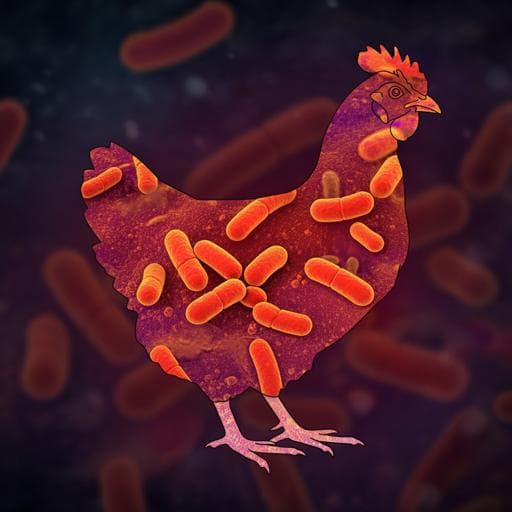
Food Science and Technology
Using stochastic dynamic modelling to estimate the sensitivity of current and alternative surveillance program of Salmonella in conventional broiler production
O. O. Apenteng, M. E. Arnold, et al.
Discover groundbreaking insights into Salmonella surveillance in Danish broiler production! This research conducted by Ofosuhene O. Apenteng, Mark E. Arnold, and Håkan Vigre reveals how enhanced testing methods can significantly increase the detection of infections in parent flocks within weeks.
~3 min • Beginner • English
Related Publications
Explore these studies to deepen your understanding of the subject.







